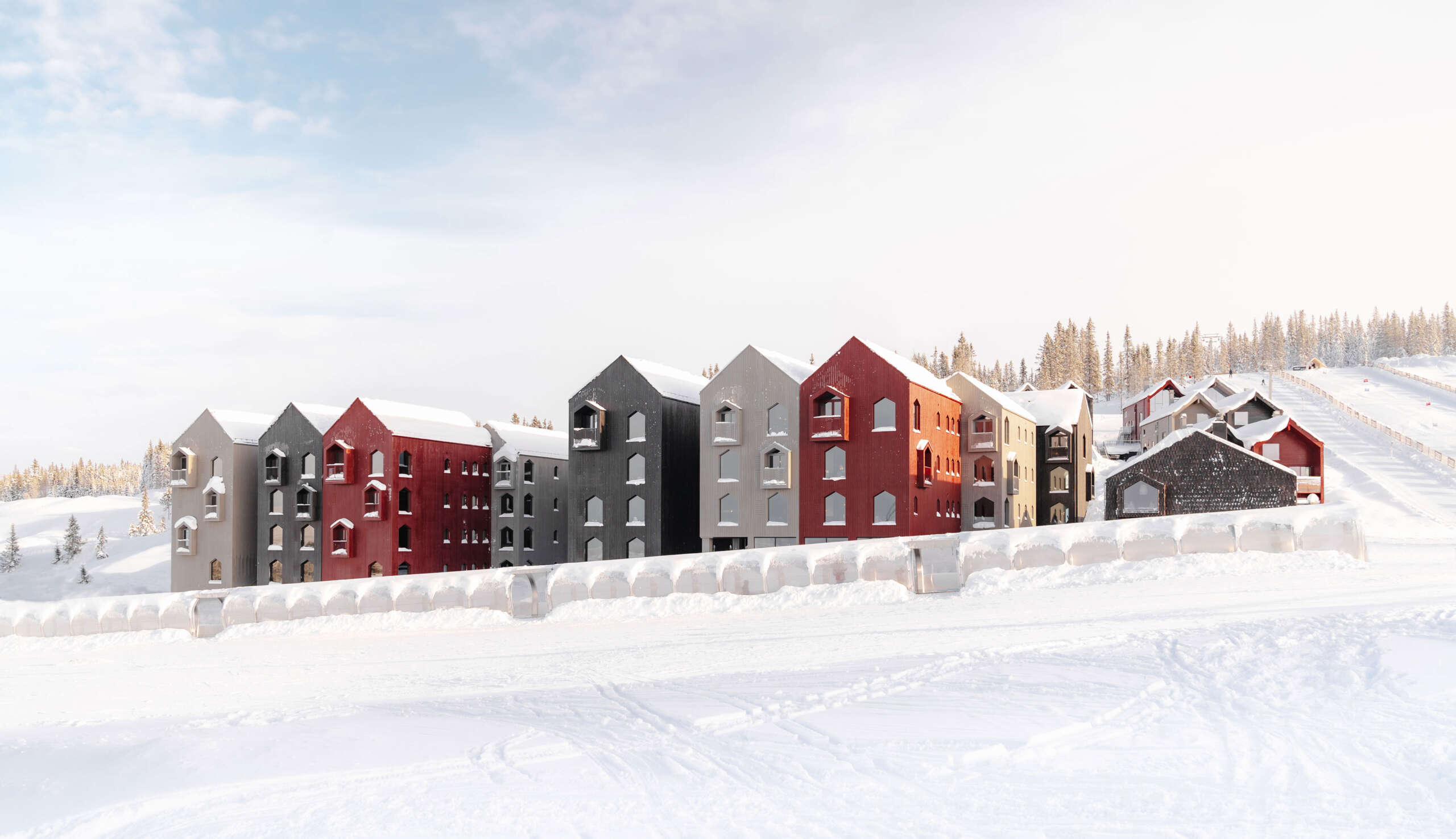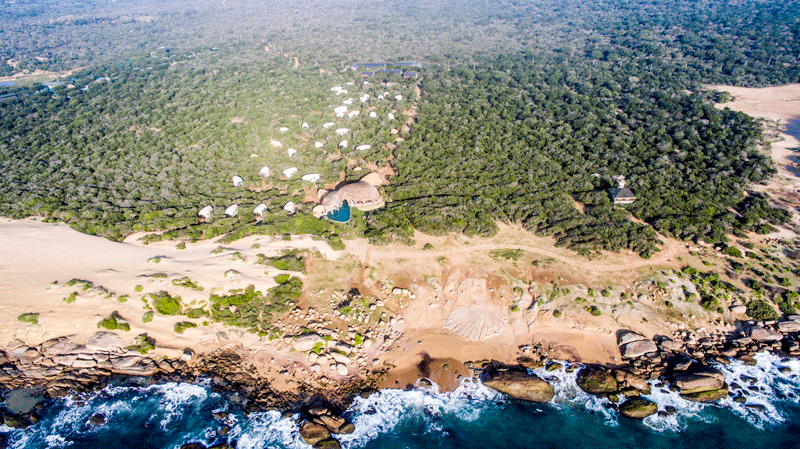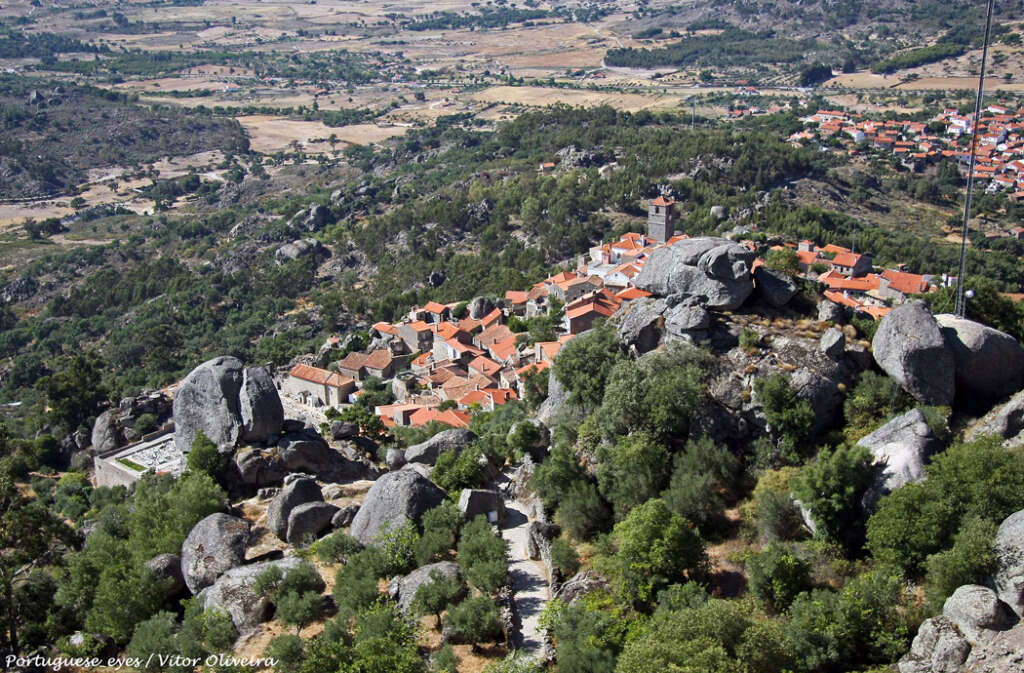
A diverse landscape of beaches, mountains, rivers, and hills, Portugal is a country that is filled with natural and man-made beauty that tells a story of its people’s history. Below are 10 picturesque towns that we think should make any trip to the Iberian Peninsula a memorable one.
Onwards!
The Guide
Monsaraz, Alentejo, Portugal
Evora, Alentejo, Portugal
Guimarães, Norte, Portugal
Sortelha, Centro, Portugal
Coimbra, Centro, Portugal
Marvão, Alentejo, Portugal
Angra do Heroísmo, Açores, Portugal
Aveiro, Centro, Portugal
Nazaré, Centro, Portugal
Monsanto, Centro, Portugal
The Picturesque Towns
Monsanto
Monsanto is a village and former civil parish built into a mountain rock. Its origins trace back to the early stone age and it has become widely known as “the most Portuguese village of Portugal”. The village hasn’t changed in hundreds of years and its buildings are constructed out of granite sourced from the mountain and are protected by red clay roofs.
Navare
Navare is a seaside town on the Atlantic Ocean, famed for its long sandy beaches. The town is divided into three distinct neighbourhoods: Praia (which is along the beach, pictured above), Sitio (a cliffside village), and Pederneira (a further hilltop village). All three villages are connected via the Nazaré Funicular, a charming funicular that dates back to 1889.
Aveiro
For much of its history, Aveiro was known for its production of salt and seaweed, and while that industry has mostly dried up, its water system and boats have contributed to many people referring to Aveiro as “the Portuguese Venice”. The old town centre also has an eclectic grouping of Art Nouveau and Romanesque buildings.
Angra do Heroísmo
One of the three capital cities of the Azores, Angra do Heroísmo was founded in 1478 and is classified as a UNESCO World Heritage site. Its historic centre is located along the southern coast and encompasses the medieval city and fortified citadel that make up the town.
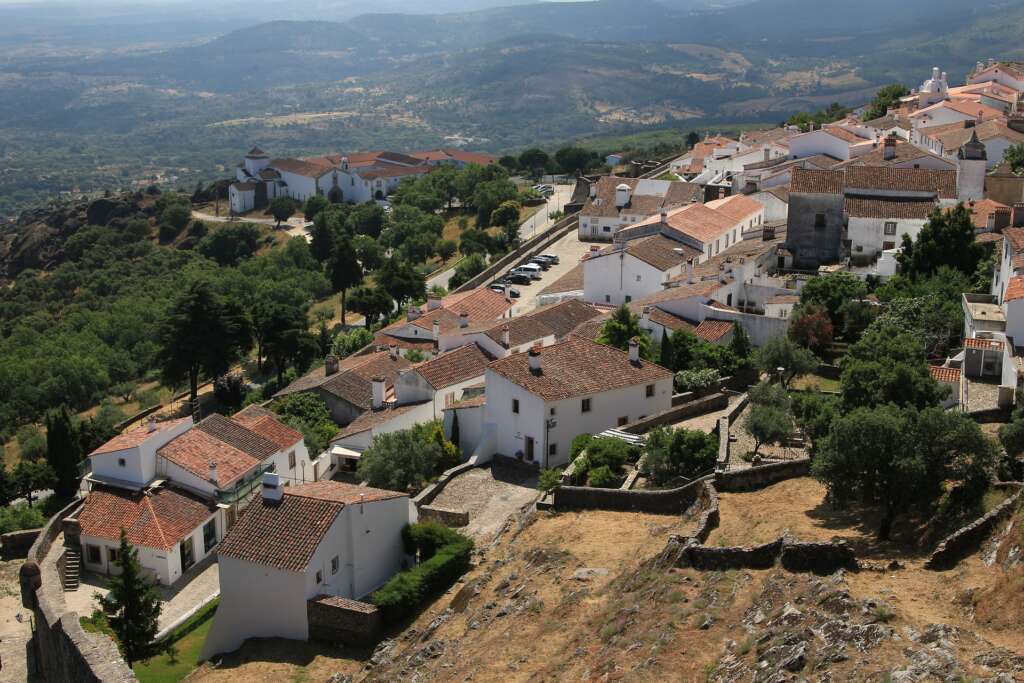
Marvão
Perched on the side of a massive rock, Marvão has been a site of significant strategic importance since the earliest forms of human settlement. As a result of this history and its natural topography, the village is quite unique in its form and features a large fortification and views to Alcántara and the Spanish border.
Coimbra
A former capital city and one of Portugal’s most important crossroads, Coimbra was historically at a junction between Braga and Lisbon. It has many UNESCO World sites and has many buildings and structures (including a well-preserved aqueduct) that date back to the Roman Empire.
Sortelha
Built upon a formidable crag, Sortelha was part of an important line of defence along the Spanish border that was made up of a series of castles and fortifications. The village still retains much of its medieval charm with its granite houses that follow the topography of the land.
Guimarães
Guimarães was settled in the 9th century and is often referred to as the “birthplace of Portugal” as it is widely believed that Portugal’s first King, Afonso Henriques was born there and the Battle of Sao Mamede, a seminal event in the foundation of the nation was fought nearby. Its historic town centre is listed as a UNESCO World Heritage Site and is characterized by its medieval and 18th-century architecture.
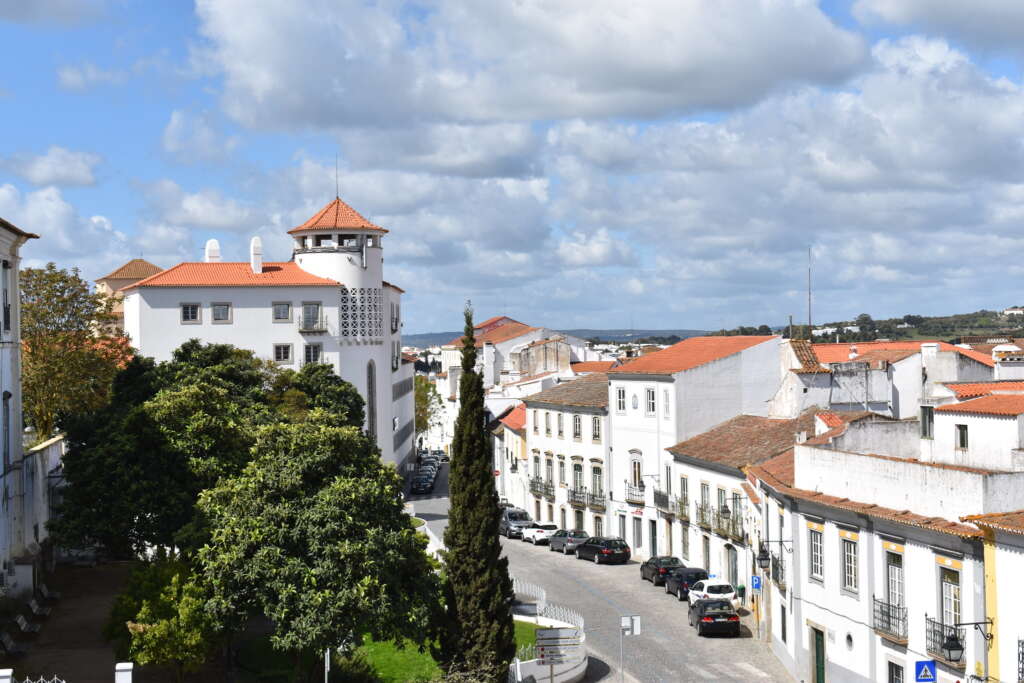
Évora
Évora was a major trading and religious centre in Portugal which is evident in its well-preserved roman temple and city core (which is still partially enclosed by medieval walls). Despite its history, Évora is still a thriving town in large part thanks to its many educational institutions. Be sure to pack a fan and sunscreen as well, as its location further inland makes it one of Portugal’s hottest cities.
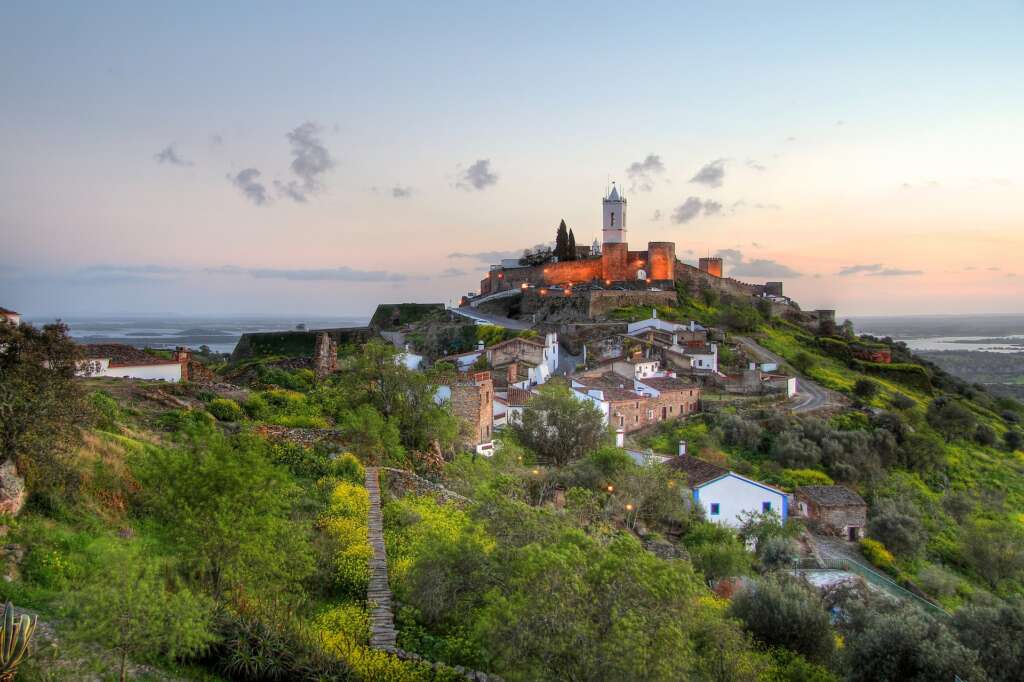
Monsaraz
A civil parish along the border with Spain, Monsaraz is one of the oldest Portuguese settlements having been occupied by different peoples since the pre-historical record. The parish is distinguished by its castle and medina that stis proudly on the hill top.









